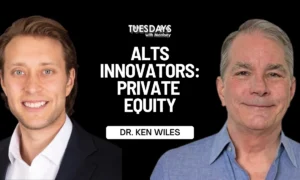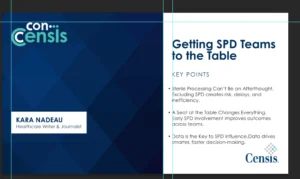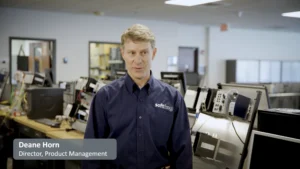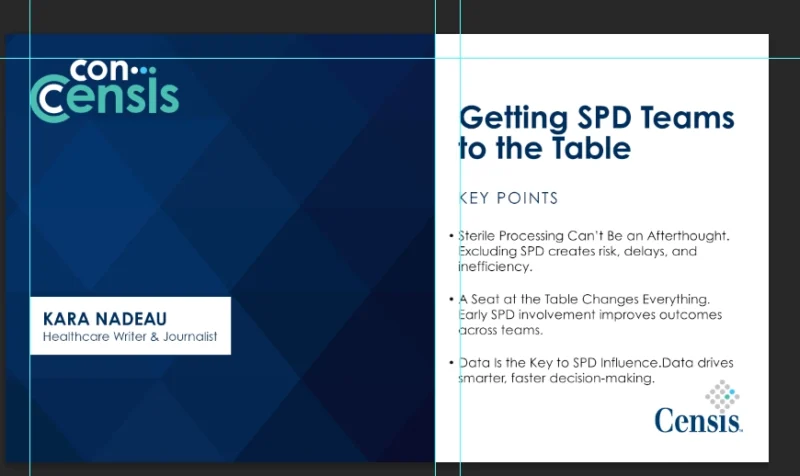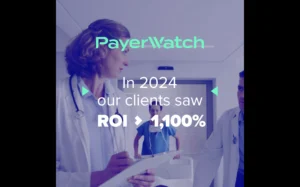How Can Surgeons Eliminate Critical and Costly Mistakes?
Dr. Loralyn Mears is the Director of Scientific Communications at Global Cancer Technology, and she shared her insights into the trending practice of using invisible dots to solve physical problems in healthcare and, specifically, in the misplacement of instruments.
“Now, you’ve read in the news where so-and-so had a large scalpel or sponges or something left inside of them. Do you think about the mental anxiety that goes along with that? Well, there are a lot of health implications, too, on the physical side.
These patients, many of whom are not capable of going through a second surgery, have to go through an unnecessary procedure where it may not even be as simple as removing it, particularly in the case of sponges. These retain foreign bodies and often become absorbed and associated with new tissues and overgrowth, which are associated with the skin and the dermal layers that become very difficult to remove.
The other thing is related to medical malpractice payouts — which, on average, cost $125,000 per payout. And that doesn’t include the additional cost of medical care and hospitalization for that unnecessary second surgery.
With Global Cancer Technology, colored dots are placed on the tray of instruments. You put it into the equivalent of a toaster oven and, 10 seconds later, all of the instruments are there or not. If the tray hasn’t been loaded properly, discard it and start with a tray that has all of the required implements.
Then, at the end of the surgery, put the tray back in again, and make sure it’s all accounted for and that all instruments are there. This can save hospitals, on average, $150,000 per 5,000 to 6,000 surgeries where instruments are misplaced.”
Follow us on social media for the latest updates in B2B!
Twitter – @MarketScale
Facebook – facebook.com/marketscale
LinkedIn – linkedin.com/company/marketscale



